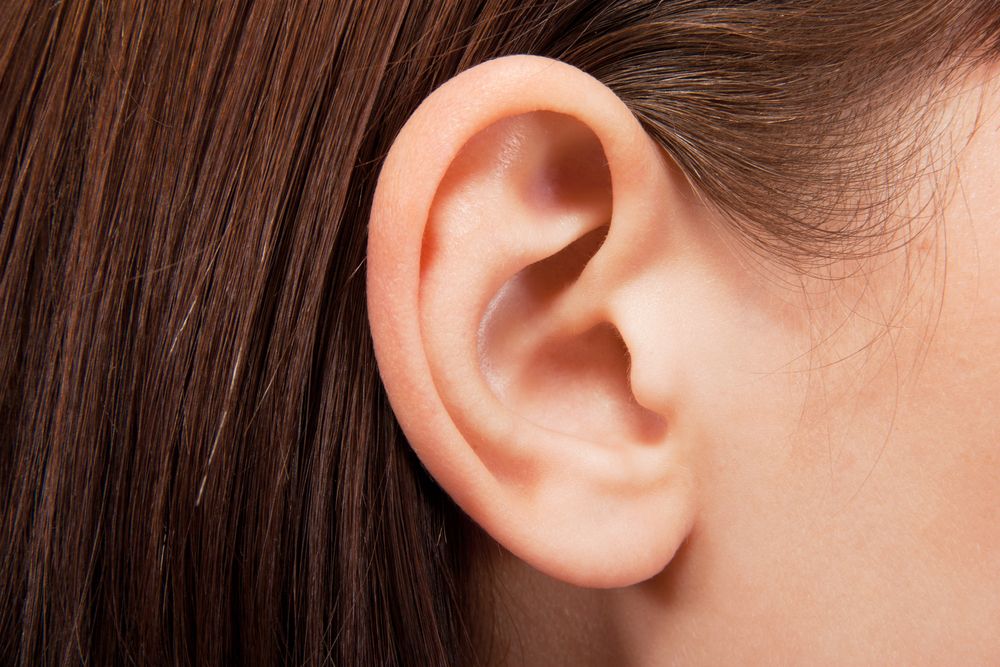Blog
Acetic Acid Ear Drops: Benefits, Usage, and Side Effects
Acetic acid ear drops are widely used to treat ear infections and maintain ear hygiene. These drops contain acetic acid, which helps to create an acidic environment in the ear, preventing the growth of harmful bacteria and fungi. If you’re struggling with ear discomfort or frequent ear infections, acetic acid ear drops may be the solution you’re looking for.
In this guide, we will cover everything you need to know about acetic acid ear drops, including their benefits, usage, and potential side effects.
What Are Acetic Acid Ear Drops?
Acetic ear drops are a medication specifically designed to treat external ear infections, particularly in cases of swimmer’s ear (otitis externa). The active ingredient, acetic acid, works by reducing the pH of the ear canal, making it an inhospitable environment for bacteria and fungi to grow.
How Do Acetic Acid Ear Drops Work?
Acetic acid, a weak acid, alters the ear canal’s pH level, discouraging the survival of harmful microorganisms. Unlike stronger antibiotics, acetic acid does not contribute to antibiotic resistance, making it a safer choice for treating frequent infections. This makes acetic ear drops a valuable treatment option for maintaining ear health.
Benefits of Using Acetic Acid Ear Drops
The use of acetic ear drops offers numerous benefits for those suffering from ear infections or irritations. Some of the primary advantages include:
1. Effective Against Bacterial and Fungal Infections
The acidic nature of acetic ear drops helps to combat both bacterial and fungal infections, making it an effective treatment for a wide range of ear-related issues.
2. Safe for Regular Use
Unlike antibiotics, acetic acid ear drops can be used regularly without the risk of developing resistance. This makes it an ideal option for individuals prone to recurrent ear infections.
3. Prevents Swimmer’s Ear
Swimmer’s ear, a common condition among swimmers, is caused by trapped moisture in the ear canal, leading to bacterial growth. Using acetic ear drops can prevent this condition by maintaining a dry and acidic environment in the ear.

How to Use Acetic Acid Ear Drops Safely
Using acetic ear drops is simple, but it’s important to follow the correct procedure to ensure safety and effectiveness.
Step-by-Step Guide:
- Wash Your Hands: Always wash your hands before applying the drops to avoid introducing new bacteria.
- Warm the Bottle: Gently warm the bottle in your hands for a few minutes to avoid the discomfort of cold drops in the ear.
- Tilt Your Head: Tilt your head to the side or lie down with the affected ear facing upward.
- Apply the Drops: Administer the recommended number of drops (usually 3-5) into the ear canal.
- Stay Still: Remain in the same position for a few minutes to allow the drops to penetrate deep into the ear.
- Avoid Contact: Ensure the dropper does not touch the ear to prevent contamination.
How Often Should You Use Acetic Acid Ear Drops?
Your doctor will usually recommend using acetic ear drops multiple times a day for about a week, depending on the severity of the infection. Always follow the instructions provided by your healthcare provider to ensure proper treatment.
Potential Side Effects of Acetic Acid Ear Drops
While acetic ear drops are generally safe, they can cause some side effects, particularly in sensitive individuals or those using the drops incorrectly.
Common Side Effects:
- Mild Stinging or Burning Sensation: This can occur when the drops first enter the ear, especially if the ear canal is irritated or inflamed.
- Dryness or Itchiness: Prolonged use can sometimes lead to dryness or itching in the ear canal.
Rare But Serious Side Effects:
- Allergic Reactions: Symptoms such as severe itching, rash, or swelling may indicate an allergic reaction to acetic acid. If these symptoms occur, discontinue use immediately and consult your doctor.
- Increased Pain or Discharge: If your symptoms worsen or you notice unusual discharge from the ear, stop using the drops and seek medical advice.
Who Should Avoid Using Acetic Acid Ear Drops?
Certain individuals should exercise caution or avoid using acetic ear drops altogether. Consult your healthcare provider if you:
- Have a perforated eardrum.
- Experience chronic ear pain or infection.
- Are allergic to acetic acid or any other ingredients in the drops.
When to Consult a Doctor
If you experience ongoing discomfort, severe ear pain, or other concerning symptoms despite using acetic ear drops, it’s important to consult a healthcare professional. Sometimes, a more serious underlying condition may require alternative treatment methods.
Acetic Acid Ear Drops vs. Other Ear Medications
There are many over-the-counter and prescription medications available for ear infections, so you may wonder how acetic ear drops compare to other treatments.
Antibiotic Ear Drops
While antibiotics are effective in treating bacterial infections, they can lead to antibiotic resistance if overused. Acetic ear drops, on the other hand, lower the pH of the ear canal without risking resistance, making them a safer long-term option for frequent users.
Steroid Ear Drops
Steroid ear drops are typically used for severe inflammation but come with risks of thinning the skin in the ear canal when used long-term. Acetic ear drops offer a gentler alternative for less severe cases.
Conclusion
Acetic ear drops are a versatile and effective solution for treating and preventing ear infections, particularly for conditions like swimmer’s ear. However, as with any medication, it’s crucial to use acetic ear drops as directed and consult your healthcare provider if you experience any side effects or worsening symptoms.
